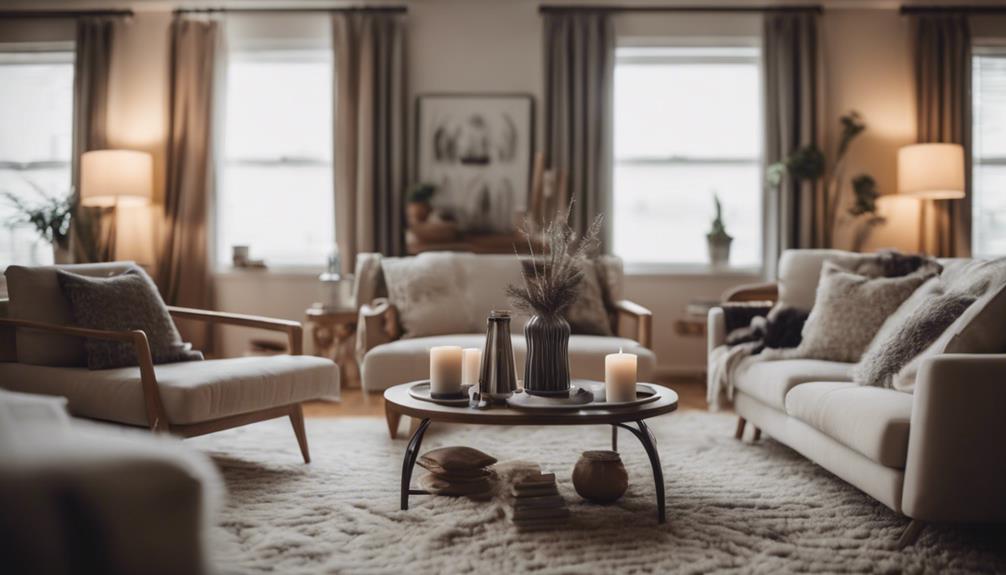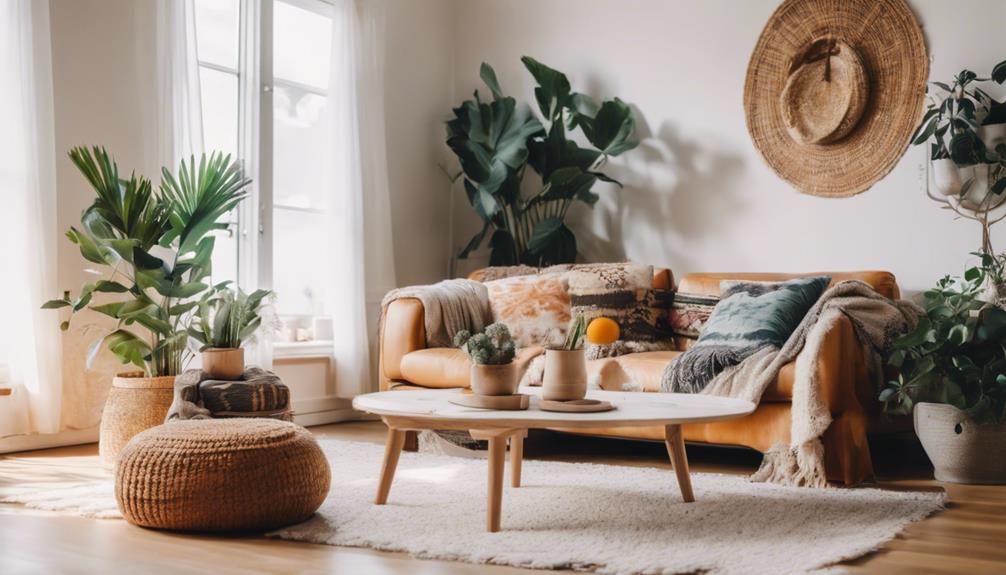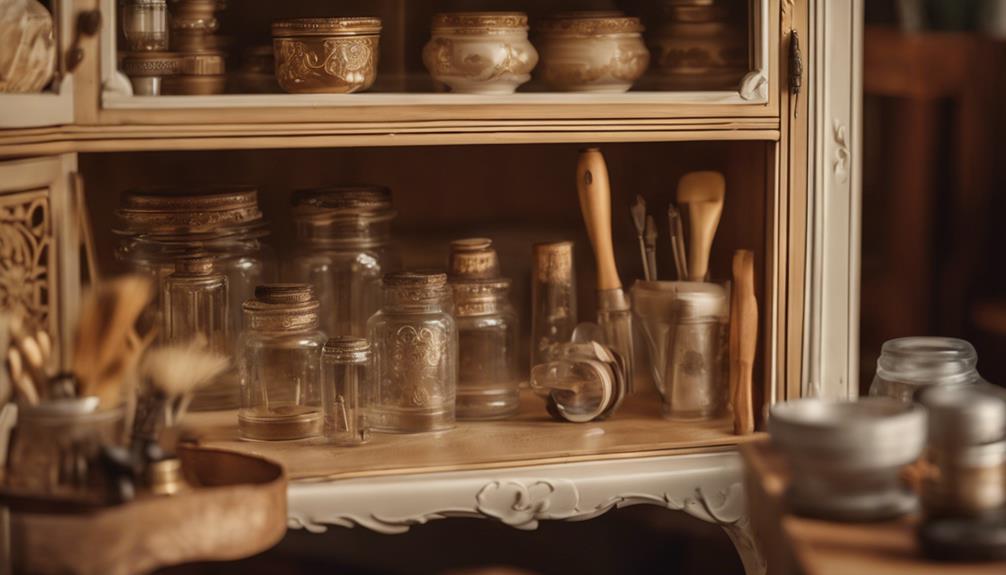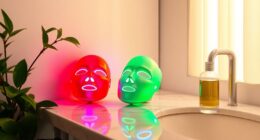In the home decor business, we focus on offering a wide range of decor items and design services to help people personalize their living spaces. From room hangings to furniture and lighting, we aim to create personalized havens that reflect individual style and creativity. Targeting homeowners, renters, and interior designers, this industry is projected to reach $939.7 billion by 2028. Revenue streams come from product sales, design services, and collaborations, with strategies like competitor analysis and tailored offerings leading to success. Our business thrives on providing trending decor options, quality products, and competitive pricing for profitability. Learn more about this dynamic industry.
Key Takeaways
- Home decor business offers decor items and design services for personalized home transformations.
- Scope includes diverse decor items, design services, and online accessibility for easy browsing.
- Targets homeowners, renters, designers, and developers, focusing on Millennials and Gen Z.
- Revenue streams from product sales, design services, and refurbishing projects.
- Success factors include trendy offerings, quality, competitive pricing, collaborations, and industry trend awareness.
Definition of Home Decor Business
In the world of home decor business, our primary focus lies in providing customers with a diverse range of decor items and design services to enhance their living spaces.
Our business encompasses not only selling a variety of decor products like room hangings, wallpapers, doorknobs, flower vases, mats, rugs, kitchen accessories, furniture, and lighting but also offering design services and refurbishing options to elevate home aesthetics.
Through our online store, customers can easily browse and purchase these items to transform their homes into personalized havens. The convenience of online shopping allows clients to explore different styles and themes from the comfort of their homes, making the process of decorating more accessible and enjoyable.
Scope of Home Decor Products

Enhancing living spaces with a diverse array of decor items, our home decor business focuses on providing customers with both products and design services to elevate their home aesthetics.
The scope of home decor products is vast, ranging from specific home decor like room hangings, wallpapers, and doorknobs to furniture, lighting, and kitchen accessories. These products play a pivotal role in interior design, allowing for creative expression and customization while transforming living spaces into personalized sanctuaries.
With the rise of online home decor shopping and the increasing demand for unique and trendy items, our online presence guarantees accessibility to a wide range of home decor products.
Additionally, our design services cater to those seeking expert guidance in refurbishing their spaces, aligning with current trends, and infusing new life into their homes.
Target Market for Home Decor Businesses
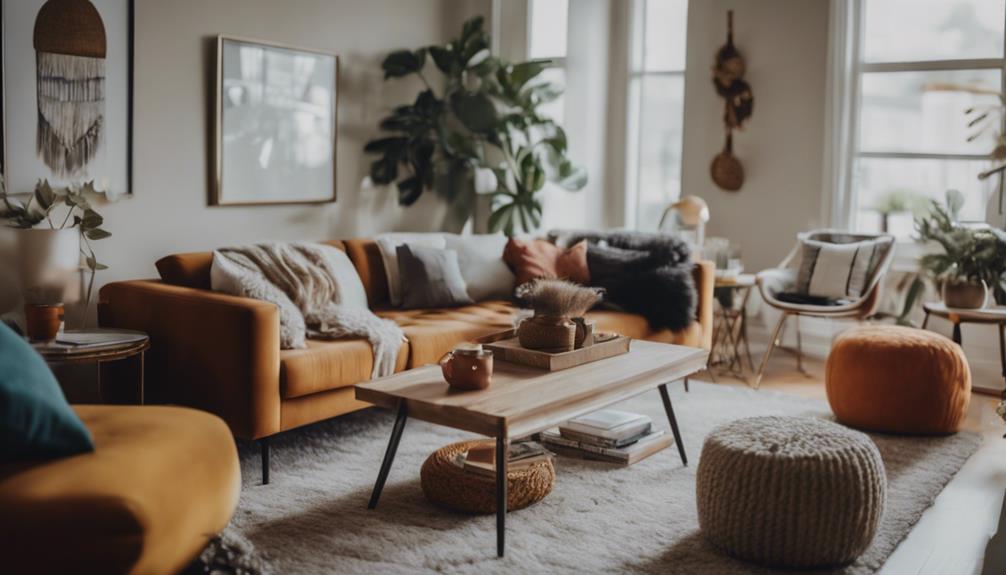
When considering the target market for home decor businesses, understanding the demographics we aim to reach, the latest trends influencing home decor choices, and the effective marketing strategies that can lead to success in this competitive industry is crucial.
Homeowners, renters, interior designers, and real estate developers form a significant part of our target market, alongside Millennials and Gen Z who seek trendy and sustainable decor options.
Demographics for Targeting
As home decor businesses target their market, they focus on demographics such as homeowners, renters, interior designers, and real estate developers. When honing in on specific groups within the target market, considerations may include:
- Age Groups: Millennial and Gen Z demographics are often prime targets due to their inclination towards home decor trends.
- Urban Areas: Geographic targeting can be tailored to urban areas with a higher concentration of potential customers interested in home decor.
- DIY Projects and Online Purchasing: Psychographic and behavioral targeting may involve individuals keen on DIY projects, luxury home aesthetics, eco-friendly decor, budget-friendly options, and customers who frequently purchase home decor items online.
Trends in Home Decor
In exploring the latest trends in home decor, our focus shifts towards capturing the evolving preferences of consumers in the market. The home decor market, valued at $727.6 billion in 2022, is projected to grow at a CAGR of 6.8% to reach $939.7 billion by 2028.
Customers are seeking to personalize their living spaces with products like room hangings, wallpapers, kitchen accessories, and stylish furniture. Key product categories include decorative flower vases, themed mats and rugs, and unique home accessories.
Home decor businesses are tapping into the demand for stylish items to cater to the changing tastes of consumers. With the rise of online business, customers have easier access to a wide variety of trendy home decor products.
Marketing Strategies for Success
Understanding the diverse preferences and behaviors of our target market is essential for crafting effective marketing strategies in the home decor business. To successfully reach our audience, we must:
- Identify your target market: Analyze demographics, interests, and buying behavior to tailor marketing strategies effectively.
- Utilize social media platforms: Showcase products on Instagram, Facebook, and Pinterest to engage with potential customers online.
- Collaborate with influencers: Partner with bloggers in the home decor niche to broaden our reach and enhance brand awareness.
Business Models in Home Decor Industry

In the home decor industry, revenue streams come from various sources such as product sales, design services, and refurbishing projects.
Online sales through eCommerce platforms offer convenience, while offline sales in retail stores provide a hands-on shopping experience.
Target market segmentation helps businesses tailor their offerings to specific customer preferences and demographics.
Revenue Streams in Decor
Exploring the diverse revenue streams in the home decor industry reveals the multitude of business models available to entrepreneurs in this creative sector.
- Home decor businesses can generate revenue through design services, offering expertise in creating stylish and functional living spaces.
- Customizations provide a unique selling point, allowing customers to personalize their decor items to suit their preferences.
- Interior refurbishing projects present an opportunity for businesses to showcase their expertise in transforming living spaces, generating revenue through project fees and material sales.
These revenue streams, along with subscription-based models, affiliate marketing partnerships, and collaborations with real estate agencies, contribute to the financial success of home decor businesses. By tapping into these varied streams, entrepreneurs can build a thriving business in the ever-evolving home decor industry.
Online Vs. Offline Sales
Embracing the digital shift, home decor businesses are maneuvering through the dynamic landscape of online and offline sales to maximize their market reach and revenue potential. Online sales have seen a significant rise, especially post-pandemic, with the Indian market expected to hit $27 billion in 2022. Setting up an online presence offers global scalability, wider reach, and easy website setup.
Key elements for success in online sales include a user-friendly website, clear policies, and reliable shipping services. On the other hand, offline sales involve physical retail locations, face-to-face interactions, and budget considerations. Essential features for offline businesses include quality merchants, a strong team, and budget planning to run physical stores successfully in the home decor industry.
Target Market Segmentation
Our home decor business employs targeted market segmentation techniques to tailor our marketing strategies effectively.
By analyzing demographics, such as age, income, and location, we can pinpoint specific customer groups like millennials or homeowners.
Understanding psychographics like lifestyle choices and values helps us cater to interior design enthusiasts or eco-conscious individuals.
Behavior analysis allows us to create personalized offerings, promotions, and experiences that resonate with different customer needs and preferences.
Through market segmentation, we optimize product development, pricing strategies, distribution channels, and promotional efforts. This approach not only enhances customer satisfaction but also fosters loyalty, driving overall business performance in the competitive home decor industry.
Competitor Analysis in Home Decor
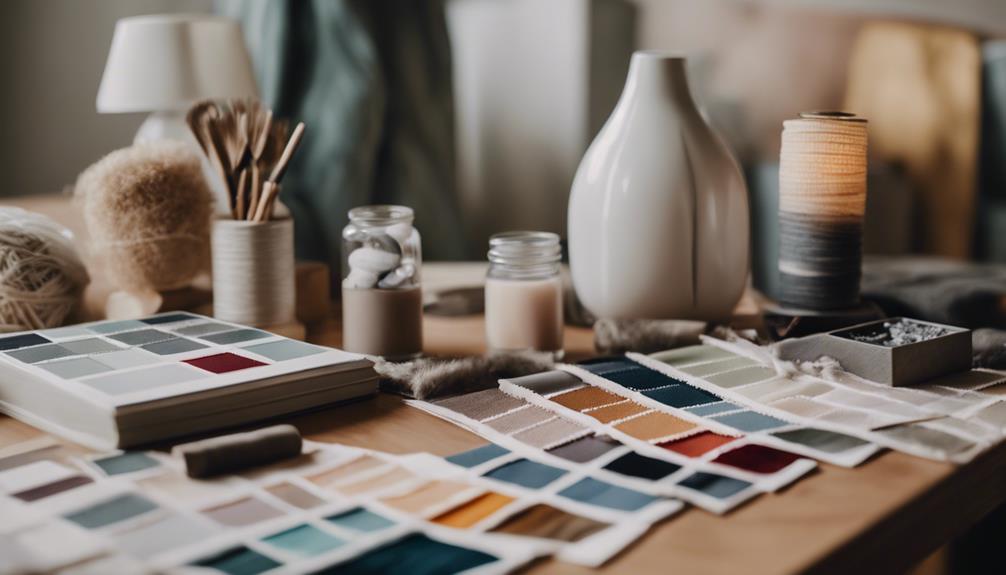
Conducting a thorough competitor analysis in the home decor industry is essential for understanding market dynamics and identifying strategic opportunities.
When analyzing competitors, we focus on various key aspects. First, we assess their brand awareness to understand their positioning in the market.
Next, we explore their product offerings and pricing models to gauge competitiveness. Studying successful players like Pepperfry and DDecor helps us uncover effective marketing strategies that we can adapt.
It's also important to research nearby home decor retailers to identify market saturation and potential gaps. By examining competitor promotions, discounts, and customer engagement strategies, we gain valuable insights for our own tactics.
Additionally, evaluating competitors' online presence, customer reviews, and social media engagement provides us with a roadmap for enhancing our digital marketing strategies.
This in-depth analysis equips us with the knowledge needed to make informed decisions and stay ahead in the home decor industry.
Portfolio Development for Home Decor Business
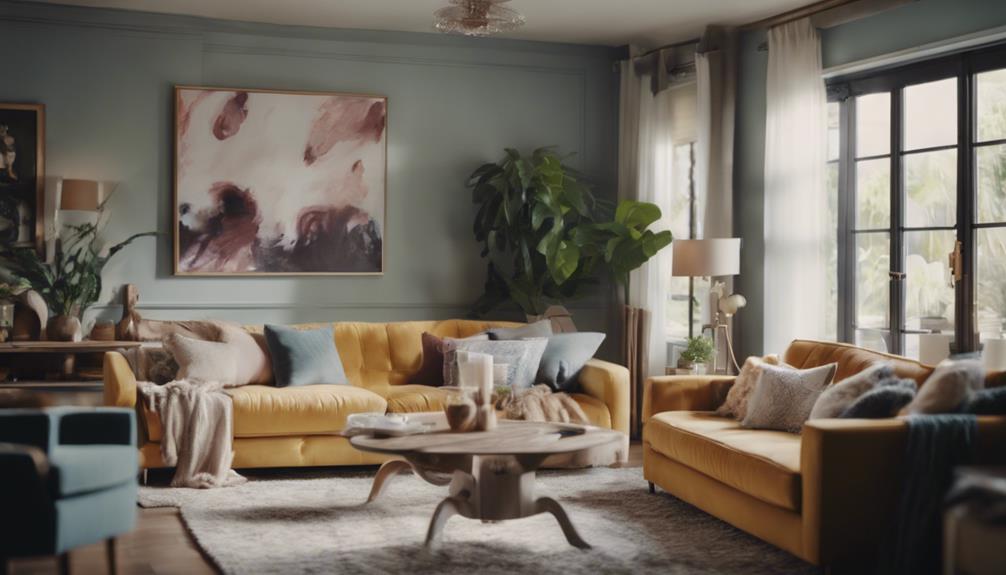
After thoroughly analyzing our competitors in the home decor industry, we now shift our focus to developing a diverse portfolio that caters to various customer needs and preferences.
- Curate a Diverse Range: Our portfolio development strategy will focus on curating a diverse range of home decor products, including room hangings, wallpapers, doorknobs, flower vases, mats, rugs, kitchen accessories, furniture, and lighting options to cater to a wide array of customer preferences.
- Enhancing Functionality: We aim to include products in our portfolio that not only enhance the aesthetics of living spaces but also offer functionality. This will make certain that our customers find value in the products they purchase from our store.
- Appealing to Broad Customer Base: By incorporating key product categories such as room hangings, doorknobs, decorative vases, themed mats, and kitchen accessories in our portfolio, we intend to appeal to a broad customer base with varying tastes and preferences.
Promotional Strategies for Home Decor
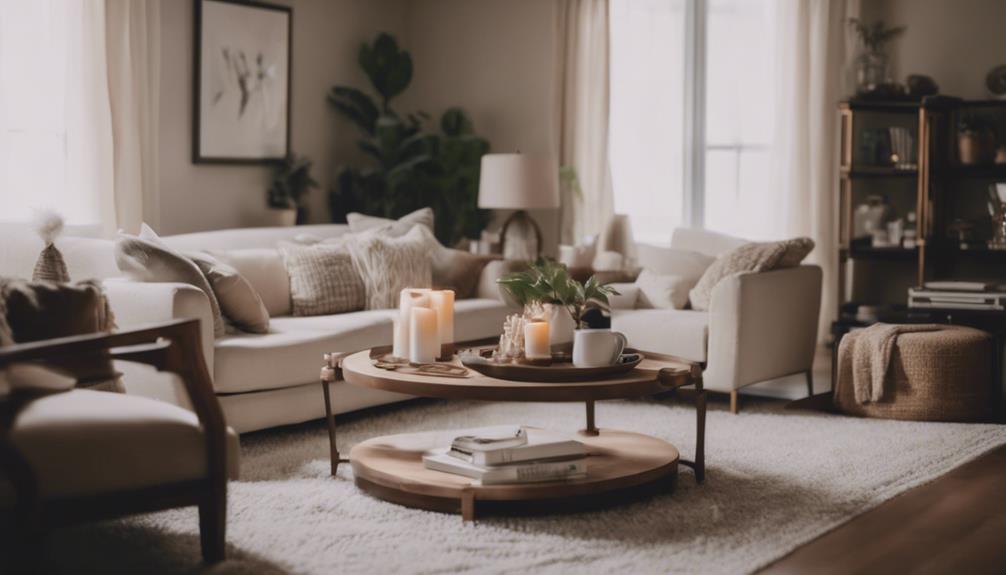
To effectively promote a home decor business, collaboration with real estate agents, builders, and architects is vital for maximizing brand exposure and reaching a wider audience. Utilizing various promotional strategies is essential in this competitive industry.
Distributing flyers, brochures with QR codes, and placing ads in local media can greatly increase brand visibility. Creating a user-friendly website and leveraging social media platforms are impactful ways to engage with potential customers and showcase your products.
Attending trade events, incorporating influencer marketing, and exploring affiliate marketing can open up new growth opportunities for your business. Implementing targeted marketing strategies allows you to reach your ideal audience and drive sales of your home decor products.
Success Factors in Home Decor Business
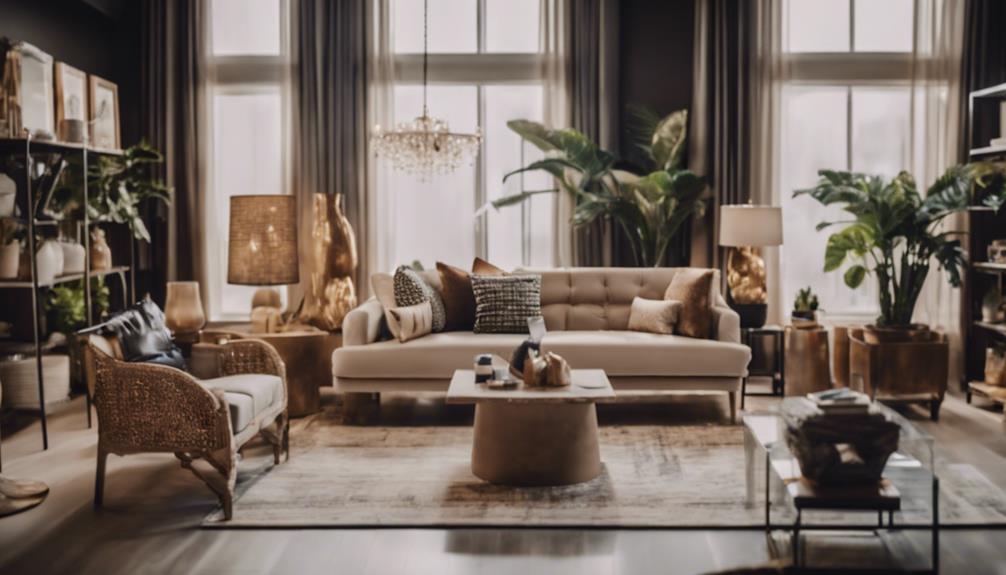
In our pursuit of success in the home decor business, staying attuned to evolving trends and maintaining a delicate balance between quality and pricing is paramount. To thrive in this competitive industry, here are three key success factors to keep in mind:
- Offer Trending Items: Keeping up with popular home decor items such as room hangings, wallpapers, doorknobs, vases, rugs, and kitchen accessories is essential to attract customers looking for modern and stylish options.
- Maintain Quality and Pricing: Striking the right balance between offering high-quality products and competitive pricing is vital for both customer satisfaction and business profitability.
- Forge Collaborations: Partnering with real estate agents, builders, and architects can broaden your reach and increase visibility within the market, leading to potential collaborations on projects and increased sales opportunities.
Frequently Asked Questions
Is Home Decor a Good Business?
Home decor presents a lucrative business opportunity with a thriving market and projected growth. The industry boasts a valuation of $727.6 billion in 2022, set to achieve a compound annual growth rate (CAGR) of 6.8% and reach $939.7 billion by 2028. By offering aesthetically pleasing products such as room hangings, kitchen accessories, and furniture, you can attract customers looking for trendy items. Consider tapping into this growing market for a successful and profitable venture.
What Is the Meaning of Home Decor?
Home decor encompasses the art of enhancing living spaces with decorative elements like furniture, textiles, lighting, wall art, and accessories. It aims to personalize and style a home, creating a visually appealing and functional environment.
This industry, valued at billions of dollars, is constantly growing due to the demand for trendy decor products. Designing and curating home decor items allows individuals to express their style and transform living spaces into inviting sanctuaries.
How to Start a Home Decor Business?
Starting a home decor business involves sourcing quality products, creating appealing visuals, and setting up an online store.
Collaborating with real estate agents, using social media, attending trade events, and leveraging influencer marketing are effective strategies for growth.
It may seem overwhelming, but with dedication and a solid plan, success is within reach.
What Falls Under Home Decor?
When it comes to home decor, you can find a variety of items that help enhance the aesthetics of your living space. Room hangings, wallpapers, doorknobs, flower vases, mats, rugs, kitchen accessories, furniture, and lighting all fall under the umbrella of home decor.
These items are essential for customizing and adding personality to your home, creating a space that reflects your style and preferences.
Conclusion
To sum up, the home decor business is a thriving industry with a wide range of products and target markets. Success in this competitive field requires a solid business model, strategic portfolio development, and effective promotional strategies.
By understanding your competitors and focusing on key success factors, you can establish a strong presence in the market. Remember, in the fast-paced world of home decor, staying ahead of the curve is key to long-term success.
